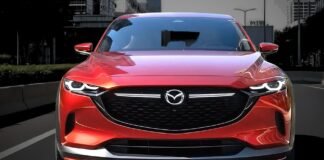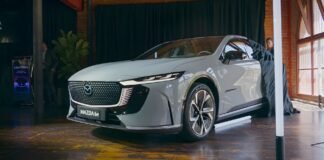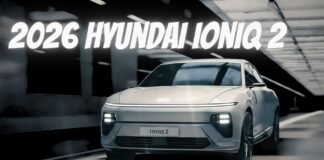Built in July of 1985, this is the first-generation Toyota 4Runner. Today, I’m going to explore 1986 Toyota 4Runner vs. 2025 Toyota 4Runner.
The 1985 Toyota 4Runner
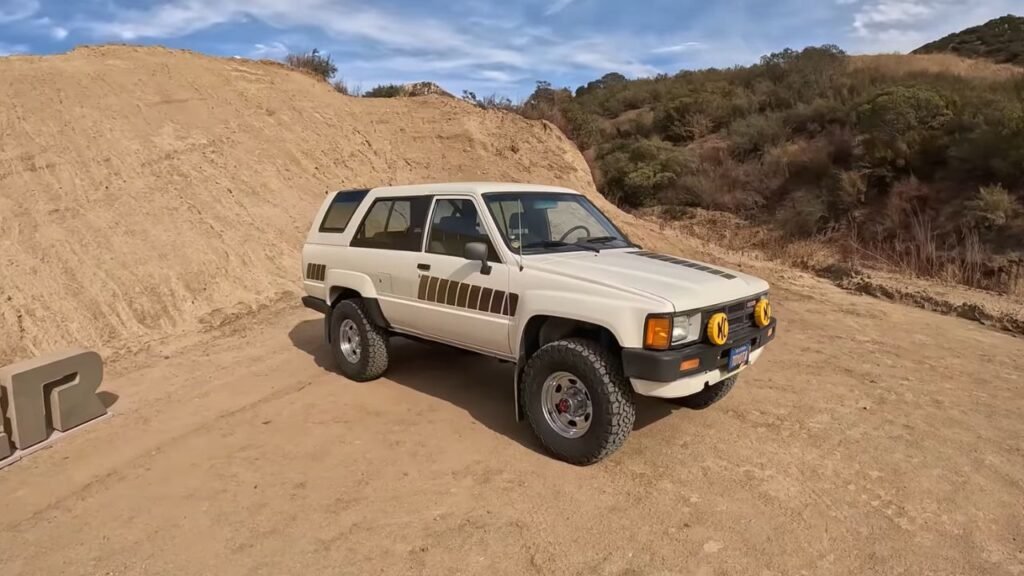
Back in July 1985, Toyota introduced the first-generation 4Runner, a rugged SUV that was essentially a Hilux pickup with a fiberglass topper on the back. At the time, this was a revolutionary concept—a capable off-roader with more enclosed cabin space.
Today, I’m in sunny (but windy) Southern California to drive the all-new sixth-generation 2025 model, and seeing this first-gen 4Runner brings back waves of nostalgia. I never owned one, but growing up in the ‘90s, I remember seeing them on the road. Now, standing in front of this classic, I can’t help but admire how far the 4Runner has come.
Retro Features That Defined the First-Gen 4Runner
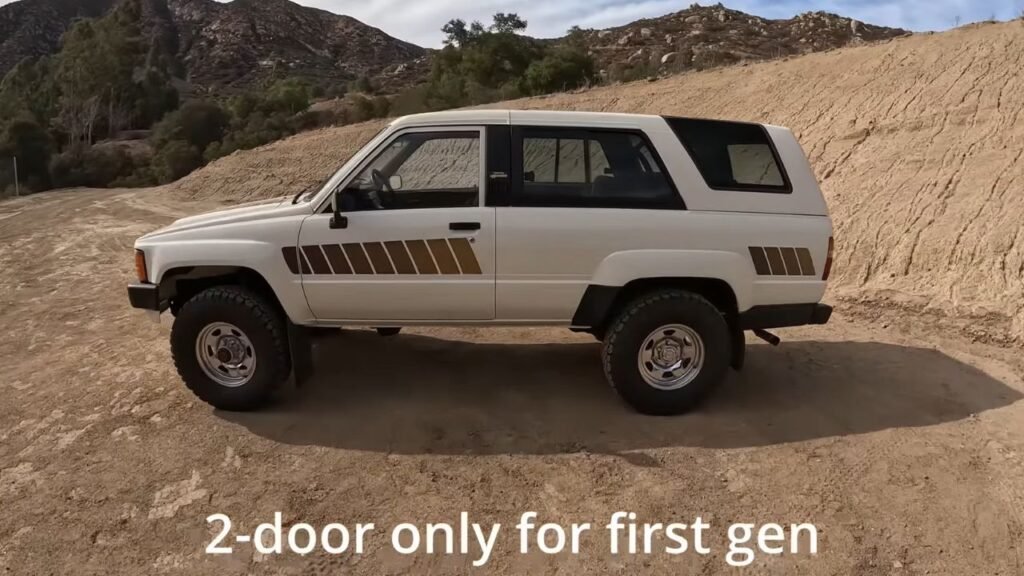
The first thing you notice about this 1985 4Runner is its size—it’s significantly smaller than today’s version. This particular model is equipped with 15-inch wheels, a stark contrast to the modern 18-inch options. It also features front and rear leaf springs, a suspension setup you won’t find in today’s Toyota truck lineup (except in some global markets like the Hilux Champ in Southeast Asia).
Another old-school touch? The “EFI” decal proudly displayed on the body. Fuel injection was a big deal in the mid-’80s, and Toyota made sure everyone knew about it.
At the rear, the liftgate doesn’t have a modern latch or electronic button—you likely need a key to open it. The rear window, however, has retained its classic roll-down function, a feature that has been around since the mid-’80s.
The Cabin of the 1985 4Runner
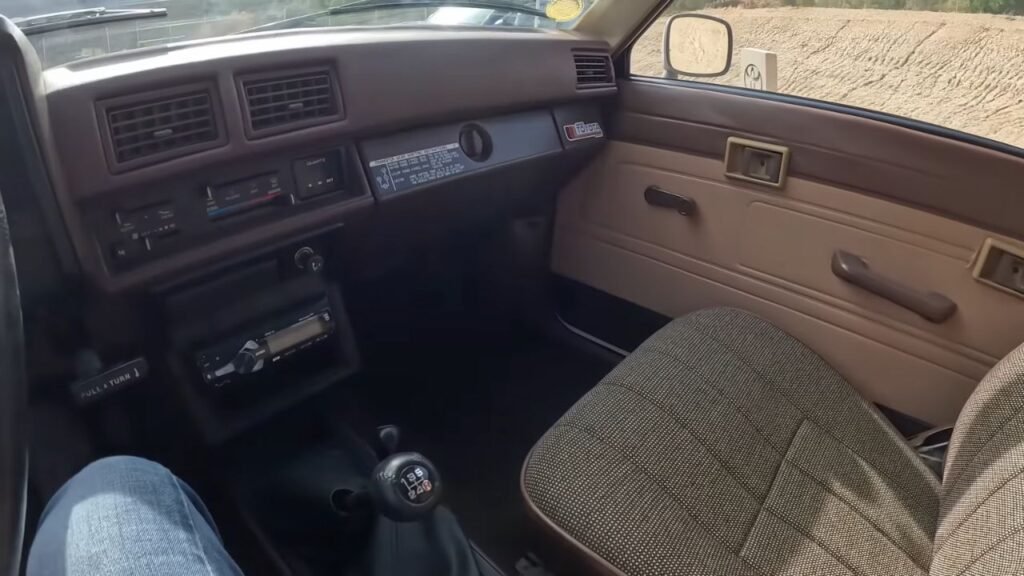
Opening the door, I immediately noticed how light it feels compared to modern cars. Doors today are nearly twice as thick and significantly heavier. And then there’s that unmistakable ‘80s car smell—it wasn’t just Toyotas; most vehicles from this era had that distinct scent, likely due to the plastics and materials used.
The interior is pure nostalgia. The two-door configuration makes getting into the back seat a bit tricky. Instead of modern power windows, the side windows slide open manually. Overhead, we have the classic “Oh Crap” grab handles, and the seat belts are an instant throwback to a simpler time in automotive design.
At the center, a five-speed manual transmission sits proudly, paired with an old-school shifter that still feels smooth. There’s even an aftermarket Jensen head unit with AUX and USB inputs—definitely not part of the original design, but a fun upgrade for today’s world.
One thing that stands out is the lack of a tachometer, despite this being a manual transmission. Instead, you get an analog speedometer, fuel gauge, and water temperature gauge—simple, functional, and timeless.
A Legendary Toyota Engine
Popping the hood, we find one of Toyota’s most reliable engines: the 22RE four-cylinder. This naturally aspirated engine is legendary for its durability, and this particular one looks incredibly well-maintained. With a new radiator and hoses, it still appears road-ready after all these years.
As for power? The 22RE wasn’t built for speed. It likely had under 100 horsepower—possibly around 90–100 hp. The V6 option at the time made about 150 hp, so this four-cylinder was on the lower end, but what it lacked in power, it made up for in reliability.
And even after all these years, the hood still closes with that signature solid “built in Japan” feel.
How the 4Runner Has Evolved Over 40 Years
Standing next to the brand-new 2025 Toyota 4Runner, the difference is staggering. The new model is nearly 50% bigger than its first-gen predecessor. In 1985, could Toyota have imagined that the 4Runner would grow into such a beast? Probably not, but here we are.
My friend John, a fellow Toyota enthusiast, is already looking to buy the new 4Runner. He has reservations at multiple dealerships and is particularly interested in the TRD Off-Road Premium trim. However, he’s holding off on the hybrid I-Force Max version, which won’t be available until later.
He’s about to take the standard I-Force version for a spin, and I can’t wait to hear his thoughts on how the newest 4Runner performs.
